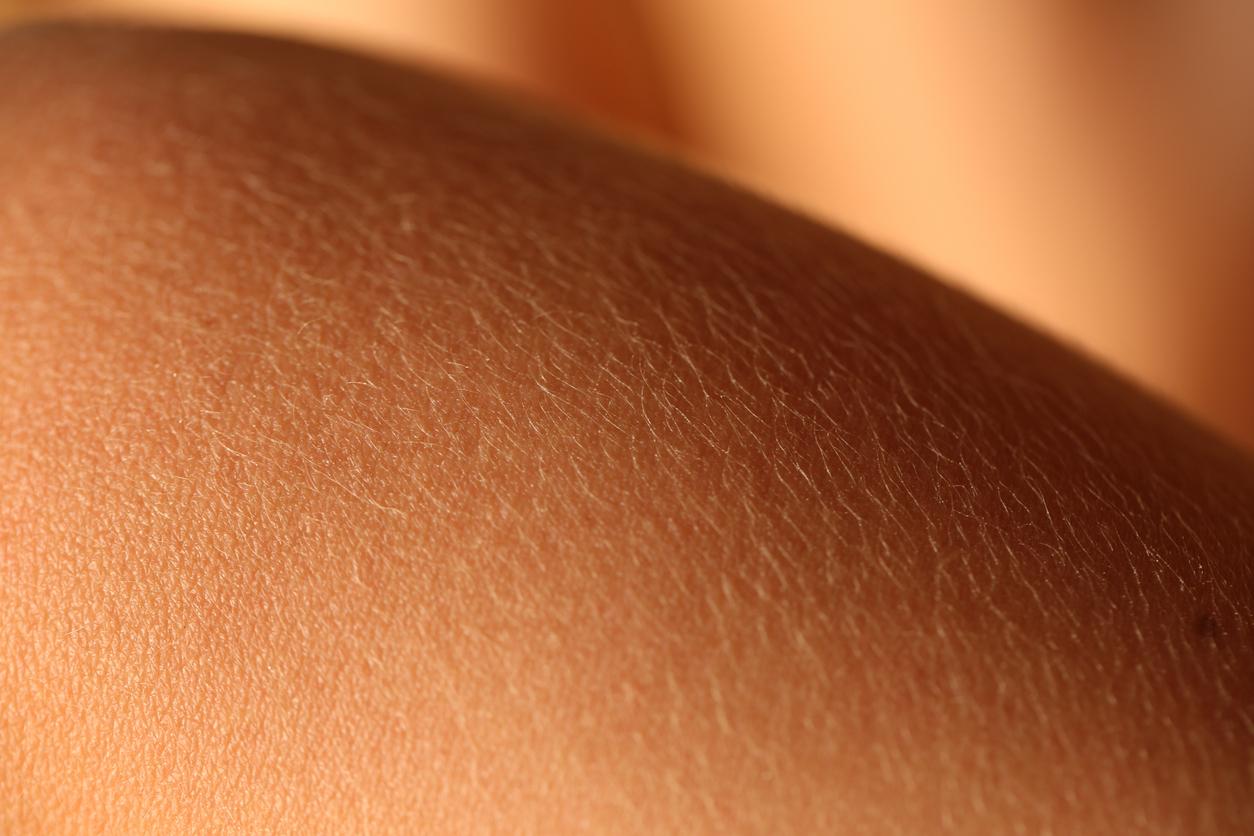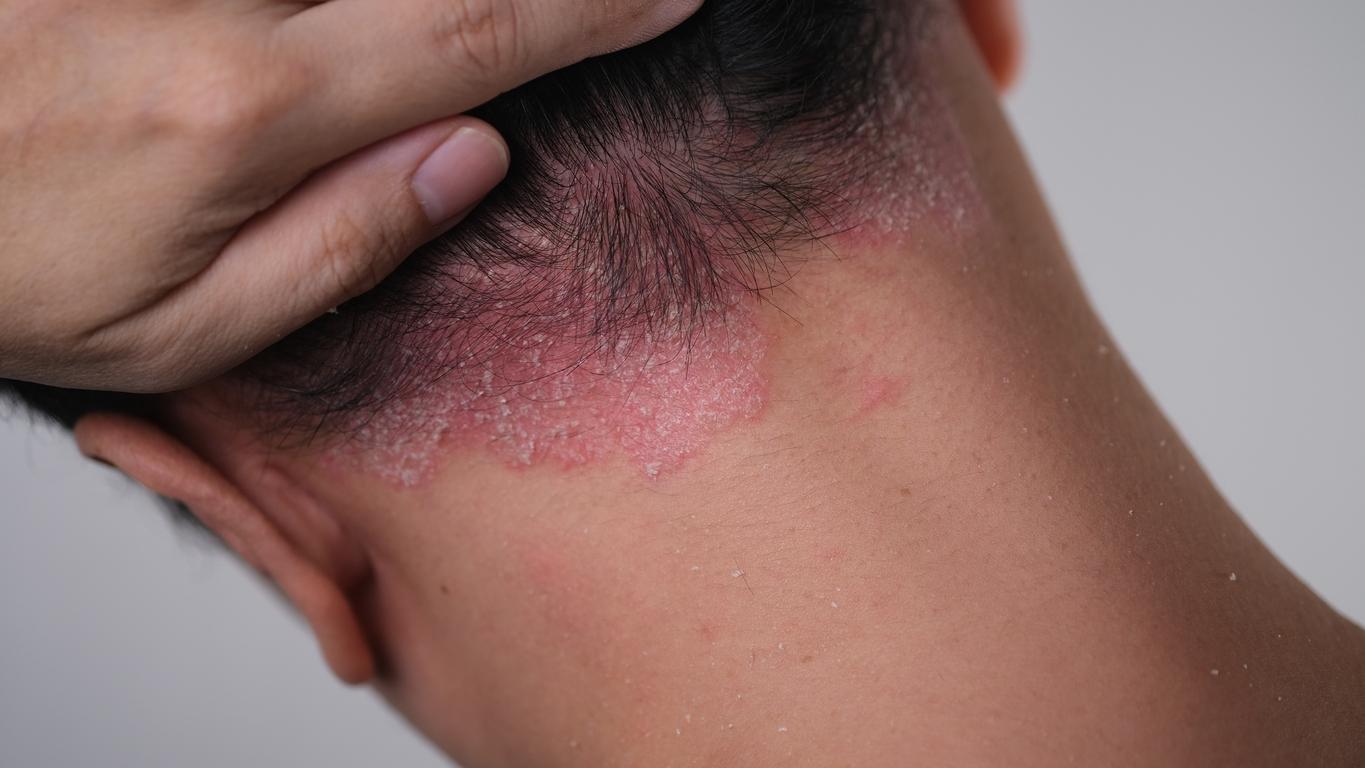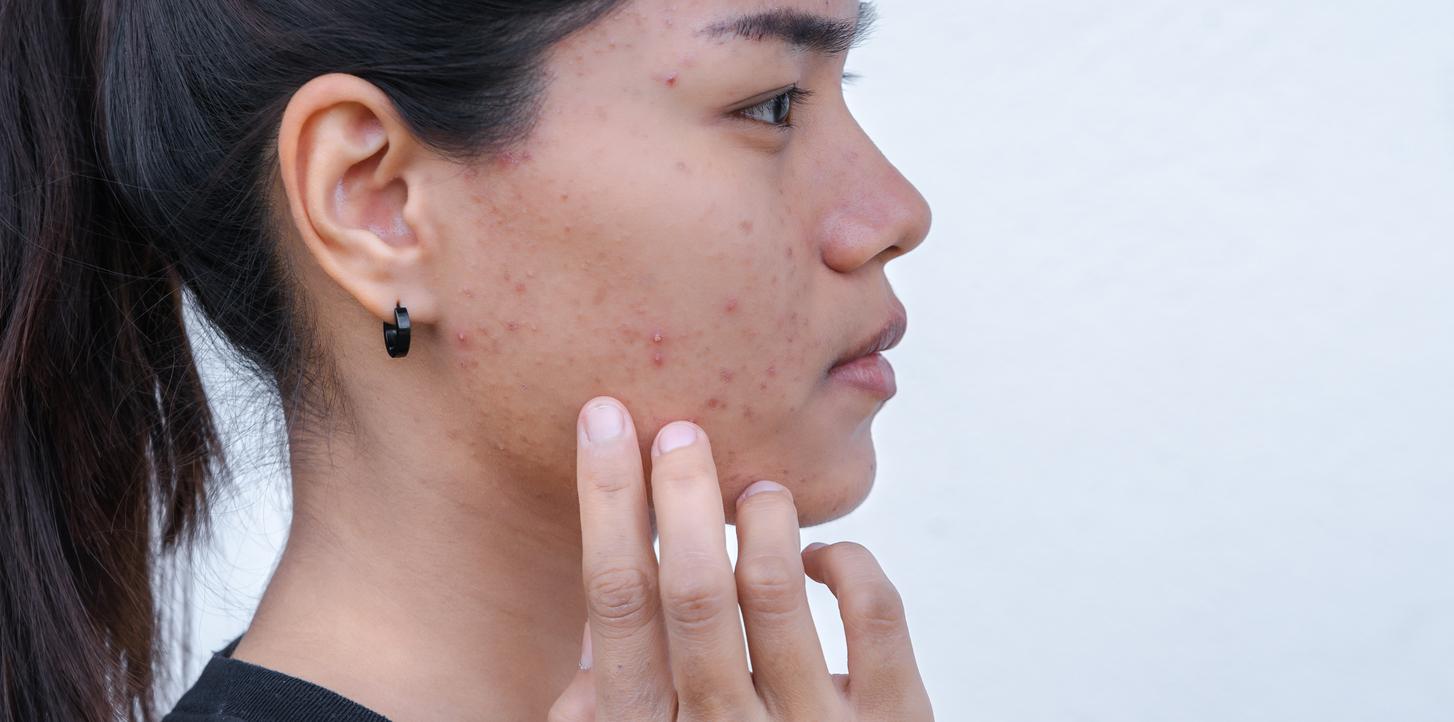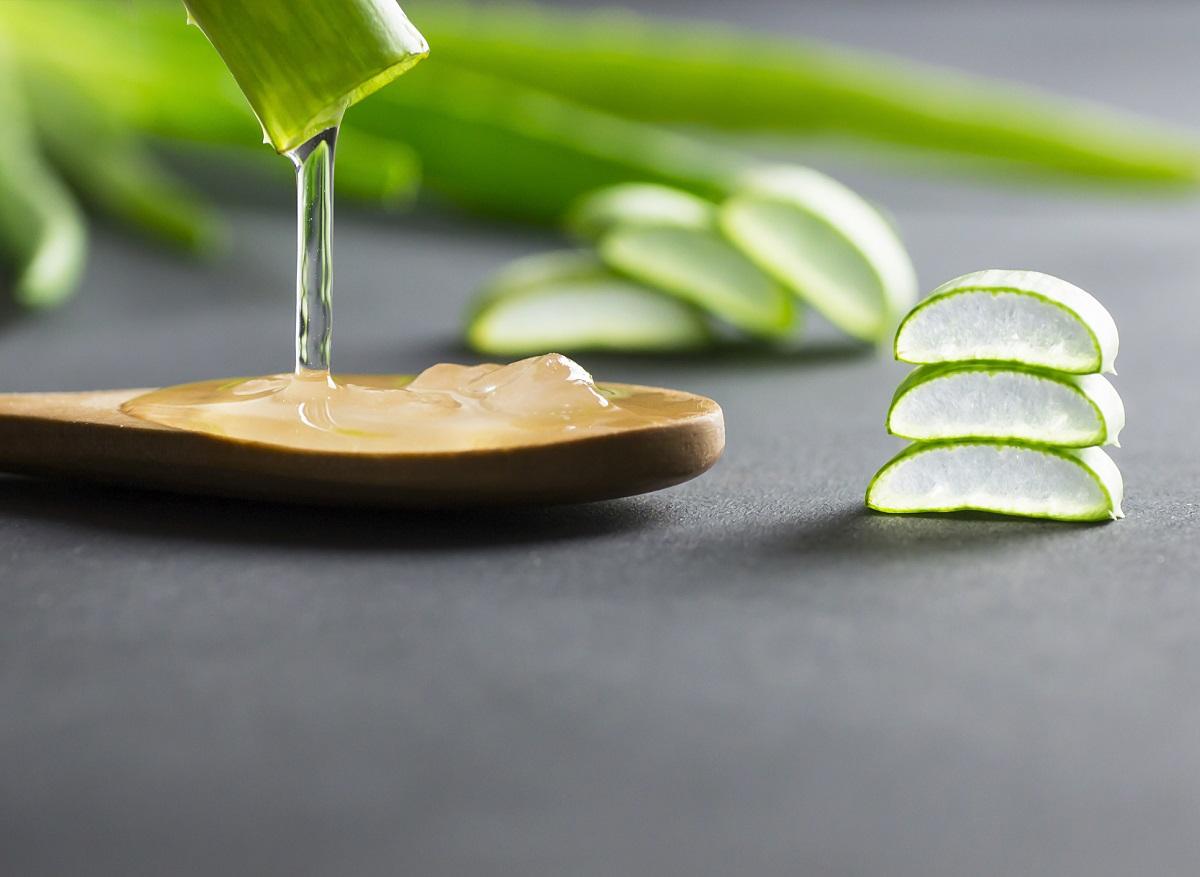Researchers have created a cellular atlas of prenatal skin, paving the way for new techniques to improve skin grafts for burn victims or scar treatments.

- A team of researchers has created the first cellular atlas of human prenatal skin, revealing how skin and hair follicles form.
- By manufacturing a skin “mini-organ” capable of producing hair in the laboratory, they also discovered that immune cells, macrophages, play a key role in blood vessel formation and scarless repair.
- These advances open up perspectives for regenerative medicine, particularly in skin grafts for burn victims and treatments for scars.
The skin is the largest organ in the human body, playing a crucial role as a protective barrier and thermal regulation. However, its complexity, especially during prenatal development, has long remained difficult to study, in particular because animal models present major differences.
For the first time, researchers at Newcastle University (UK) have created a cellular atlas of prenatal human skin, paving the way for major advances in regenerative medicine. This discovery, in fact, could one day make it possible to improve skin grafts for burn victims and better treat congenital skin diseases.
A detailed map of skin formation
As part of their work, published in the journal Naturescientists used single-cell sequencing technologies and other genomic tools to map the different cells of prenatal skin. This cell atlas provides a better understanding of how skin, including hair follicles, forms before birth. This work is all the more important because the skin has a unique ability: before birth, it can heal without leaving scars. This could ultimately lead to new clinical approaches to preventing scarring after surgeries or injuries.
Researchers have gone even further by creating a skin “mini-organ”, called an organoid, capable of producing hair in the laboratory, according to a press release. Using this organoid, they discovered that certain immune cells, such as macrophages, play a crucial role in blood vessel formation and scarless regeneration. This could open the way to innovations to improve the vascularization of skin grafts, a challenge often encountered in regenerative medicine.

Improving skin grafts for severe burn victims
The organoid also offers a valuable model for studying congenital skin diseases, such as recessive congenital ichthyosis. By comparing the organoid to prenatal skin, the researchers identified similarities that allow us to better understand these pathologies, which appear to have their origin before birth, in the uterus.
The clinical implications of this study are particularly broad. “With our prenatal atlas of human skin, we have provided the first molecular ‘recipe’ for making human skin and discovered how human hair follicles form before birth, summarize the researchers. This knowledge, with incredible clinical potential, could be used in regenerative medicine, when offering skin and hair transplants, such as for burn victims or those with scalp scars.”


















